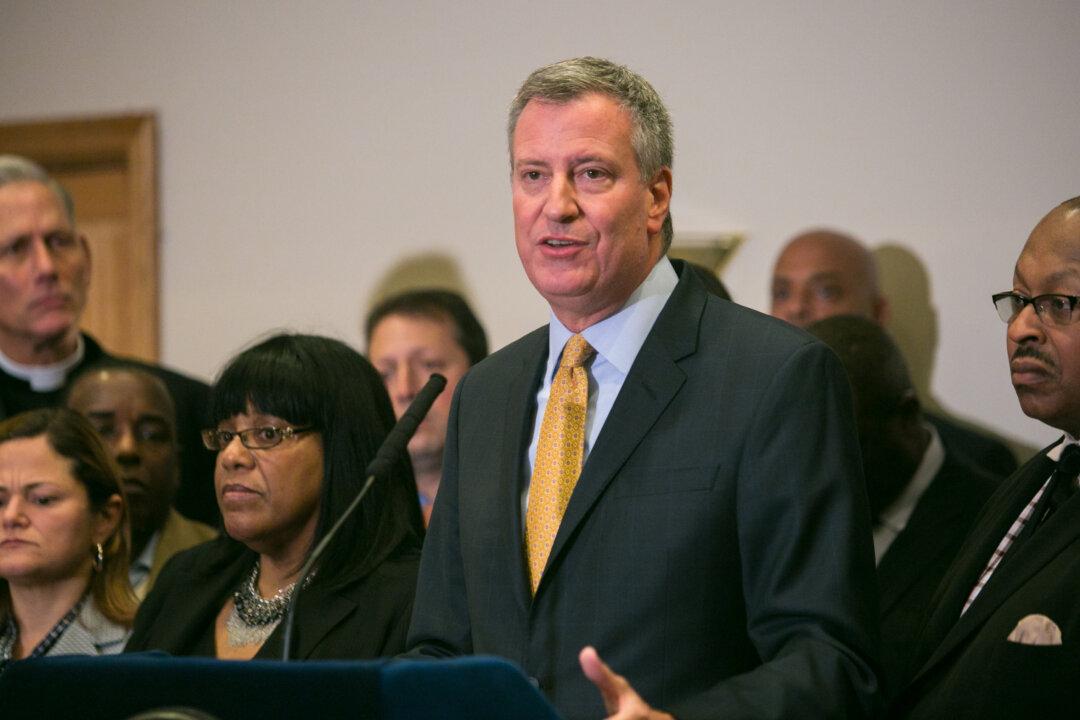NEW YORK–After four months of examining evidence and hearing testimony from witnesses, the Staten Island grand jury in Eric Garner’s case decided not to indict the police officer responsible for Garner’s death.
In July, officer Daniel Pantaleo placed Garner in a chokehold after Garner resisted when Pantaleo tried to handcuff him for selling untaxed cigarettes.
Garner died shortly afterward. The chief medical examiner ruled Garner’s death a homicide due to “the compression of his chest and prone positioning during physical restraint by police.”
MORE: Eric Garner Decision Leads Hundreds to Protest at Rockefeller Center (Live Blog)
The chokehold was banned as a restraining tactic in the police department since 1993, but is not prohibited under criminal law.
On Wednesday afternoon, the Staten Island district attorney Daniel Donovan issued a statement announcing that the grand jury voted there was no reasonable cause to charge Pantaleo with any crime.
Donovan also explained that the grand jury of 23 heard from civilian eyewitnesses, medical staff who provided treatment to Garner, and experts on police training, among others. They also considered any video and photographic evidence. Several bystanders had taken videos that were widely circulated online and captured the interaction between Garner and a group of police officers, moments before Garner died.
In total, the jury heard over 38 interviews, including 22 eyewitnesses who said they saw the interaction between Garner and police officers.
Donovan also explained that in New York State law, grand jury proceedings are secret and details cannot be revealed to the public. He said he has submitted a court order seeking permission to disclose “specific information” regarding the investigation.
“I am therefore constrained by New York law to reveal nothing further regarding these proceedings,” Donovan said.
MORE: New Yorkers Protest Eric Garner Grand Jury Decision
With criminal conduct, the grand jury would have had to consider whether officer Pantaleo had the intent to harm when he placed Garner in a chokehold, said Martin Stolar, a criminal defense attorney in private practice with over 40 years experience.
“These charges depend on a person’s state of mind,” said Stolar. For example, a manslaughter charge means that the defendant had the intention to cause serious injury, but not to kill the victim. That is a lesser charge than murder, which is defined as having intent to cause the death of the victim, according to New York’s penal code.
Another factor in the grand jury’s decision could be the “defense of justification,” which allows police officers to use force they deem necessary when attempting to arrest someone.
A police officer can also use “deadly physical force” in self-defense or defense of others, “from what the officer reasonably believes to be the use or imminent use of deadly physical force,” according to the penal code.
Stolar noted that this defense is usually brought up during trial, after an indictment has already been put forward. But because the public rarely knows what happens in grand jury proceedings, it is difficult to know whether the jury considered this defense.
He said it is also rare for police officers to get indicted. “Police officers have a range of latitude that other citizens don’t have,” Stolar said. “We entrust them with badges and guns. We give them a license to use it.”
The U.S. attorney general Eric Holder announced on Wednesday evening that he is initiating a federal civil rights investigation into Garner’s death.





